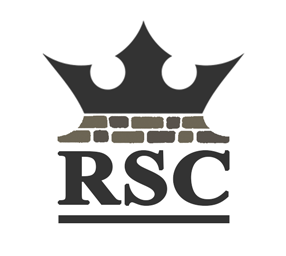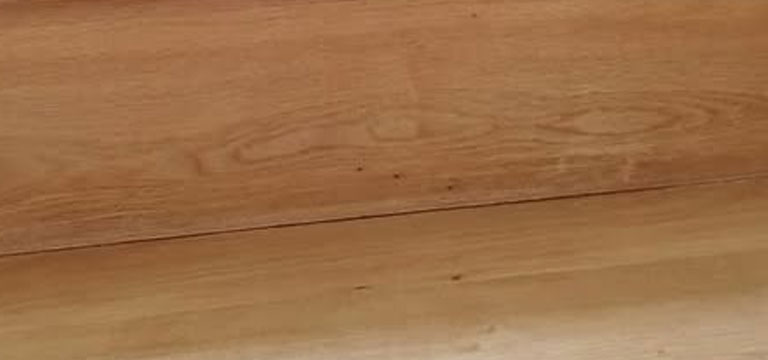You may have heard about ‘the pencil trick’, especially if you already work with wood. But would you be able to describe it exactly? Here, we discuss it in a little detail so that you can consider using it yourself.
What is it?
Essentially, the ‘trick’ involves using a pencil to mark a wooden surface before you sand it. Next, you sand it until no more marks remain. And the idea of the technique is to make sanding even and ensure that you don’t sand too much.
If you keep an eye on the pencil marks, it’s easy to see where you have already sanded, and where you still need to do so. (After all, it’s easy to sand off too much when you’re aiming for a smooth surface.)
And while sanding, in a nutshell, is the process of removing wood, the trick is to remove as little as you can while still maintaining a smooth finish.
How does it work?
It’s pretty straightforward. With a number 2 pencil, scribble across the whole area you intend to sand. Then start sanding with the right grade of paper. As you sand, the pencil marks will start to fade, before eventually disappearing completely.
Don’t over-sand
Once the marks in one particular area of your wood have vanished, move on to the next section pretty quickly. This is in keeping with the whole idea of the technique, which is to ensure you don’t over-sand the same part of the surface repeatedly.
Look for flaws
If you have sanded unevenly, pencil marks will remain in the flawed areas. So this shows you the imperfections which may still need some attention.
Additionally, you’ll need to repeat the same process for each grade of sandpaper you use. But there’s one slight difference in that, for finer grits, you should make the pencil markings a little lighter.
You’re no doubt already aware that lower-grit sandpaper (such as 80 grit) takes more wood from the surface, and quite quickly, but the surface stays grooved. A higher-grit paper (such as 120 or above) will smooth out the surface of your timber while preparing it for staining or painting.
Contact Royal Stone Care
Royal Stone Care isn’t just about natural stone. We also provide services to help you get the most from your wooden floor, furniture, staircase or other item, and keep it looking its best. The range includes wood polishing, wood repair and restoration, wood staining and wooden floor repair, as well as sanding, sealing, oiling, wooden floor gap filling plus wooden deck repair and restoration in London.
Get in touch for a quote, whether you’re a business or private home.

